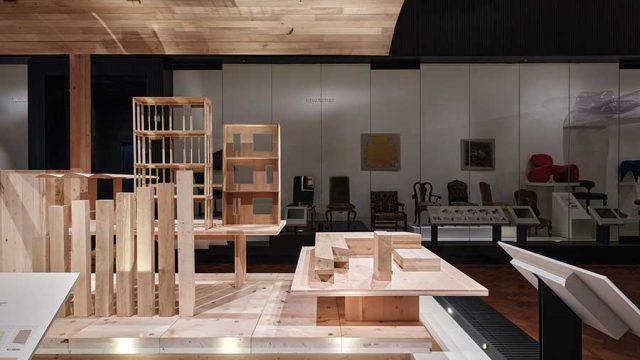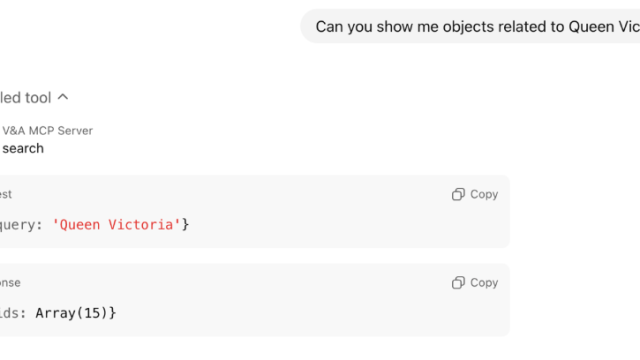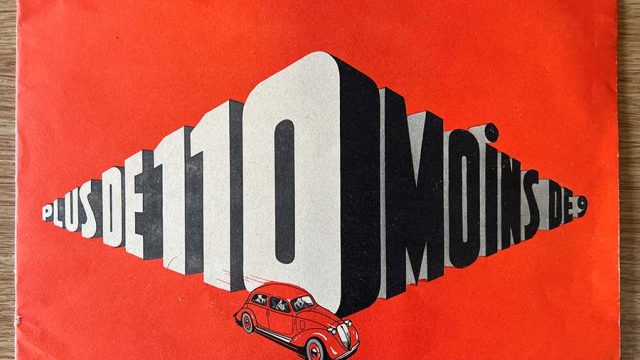This article was commissioned by the V&A to accompany the display of Gauri Gill’s series The Village on the Highway in the V&A Photography Centre 2023–24.
From September 2020 until the end of 2021, many protests took place across India against new ‘Farm Laws’ that sought to decrease government protection for farmers, and promote the involvement of large corporate organisations in the agricultural sector. Significant among the demonstrations, for their persistence and tenacity, were the protests by the farmers of Punjab and Haryana (north-western states of India). These took place on the edges of the capital city of Delhi. This piece is concerned with the spatial form of these protests, and aims to establish links between the form and the resilience of the protests.
*
Public protests usually take three forms – marches along an important city street; gatherings in a public open space; or prolonged presence (sit-ins) in politically visible places. These might be combined with tactics of fasting or other forms of self-harm. The protests against the farm laws across the country took broadly the first two forms. They were held along city-centre streets or in large public open spaces. There were also counter-protests, in support of the reforms, and the same spaces were deemed suitable for both groups – the protesting anti-group, and the supporting pro-group. Many times, the same streets or open spaces were used by the pro- and anti-groups in turn.[1] In the Delhi protests however, something else happened – a large group of people built a full-fledged proto-settlement and occupied it for more than a year. The location of this occupation was significant, as it took place along trunk roads and highways leading into the national capital from adjoining states. The spaces chosen for the protest were fuzzy and unclear – conceptually, jurisdictionally and physically.
For people who face challenges related to class, religion, caste or gender, every day is a constant negotiation with power – a negotiated dance of tact-and-stealth, hide-and-seek and wait-and-watch. In many ways, life is a politics of resistance. These politics need ambiguous spaces to hold and nurture them. It is in the in-between spaces, the back-lanes, or the blurry edges of streets where these practices can take hold; where the exploited, the discriminated, and the segregated live their lives. In open spaces, the powerful dominate. At a neighbourhood or city level, these marginal spaces bind weaker communities together and nourish them. It is here that everyday life becomes politics, emerging from the lives of people. Unlike the classical open city space, with boundaries clearly demarcated, the fuzzy and unclear spaces of Delhi’s borders lent themselves, without compromise, to hold the practices and politics of everyday life. It was in Delhi’s entranceways and exits that became host to one of the most powerful resistances of our times. Perhaps the very uncertainty of the protest locations meant that they were suited to the everyday politics of resistance. Their ordinariness meant durability.
*
Colonial modernity and rights-based arguments have changed concepts of habitable space in India. Spaces are now defined through techno-legal ideals. There must be clear boundaries, permanence, distinctions between private and public, and crisply defined ownership. For example, a home gets reduced to the built-form of a house through modern techno-legal thinking. The spaces of the modern house are distinct – there is a living room, a dining space, a kitchen, one or more bedrooms, a toilet, a cupboard, etc. Modern architectural moralities ensure that such a house is built to last, that it resists external climatic conditions, provides privacy for the household, and is a clear commodity available for rent, mortgage or trade.
But the number of people that live in such houses and make them their home in India is actually very small. For the majority, ‘home’ happens outside the house. Tribal houses are made and remade every couple of years because they are constructed with perishable materials. The houses of many agrarian families are simply a set of rooms that store produce, or for private (not personal) activity. Much of life is lived outside the home. The houses along the coast are made on stilts, so life can happen around the reality of floods. Sometimes land shifts, and water takes its place, and so houses are picked up and moved. In the agrarian communities the surrounding fields, farms, streams and forests are extensions of the house that form the home.
In the cites – away from the planned and gated areas – in slums, urban villages, peripheral areas and inner-city areas, houses are very small. Here, living spaces are shared and extend on to the street; the neighbourhood becomes the home. Community is practised in these spaces. The langars and the iftars (community feasts), Durga and Ganesh festivals of the east and the west of India, the bhatiyaars (outdoor feasts organised by a patron of a mosque or a mausoleum), all unfold in different dimensions of life – the public and the personal, the civic and the religious, and the individual and the community.
Like the fields, forests, streets and neighbourhoods, the trucks and the tractors have been the extensions to the houses among the agrarian communities of Punjab. Moreover, travel for pilgrimage on these trucks and tractors, with extended family and friends, is part of everyday life. Households are used to travelling in large groups with supplies for extended periods of time, stopping to cook, eat, chat and rest. So when these farmers decided to protest against the new farm laws in November 2020, they responded naturally – they loaded their trucks and tractors with supplies and people, and travelled to the outskirts of Delhi, the national capital. They cooked, ate, shared food, prayed, chatted and rested. The atmosphere was festive, celebratory and carnival-like. What happened after cannot be distilled into a simple term like protest; it was an extension of everyday life, it was life. There was nothing unusual. The second contention of this paper emerges here – the carnivalesque form, emerging from everyday life, is able to hold the spirit and morality of protest – the spirit to take on power, and the morality of being responsible collectively in organising the logistics for inhabiting the highway.
*
The farmers from Punjab and Haryana marched towards Delhi on 25 November 2020 in large numbers to protest against the newly enacted farm laws. They were stopped at the borders of Delhi by the police and not allowed to enter the city. Over the next months, these farmers occupied the borders of Delhi creating an uneasy moment for the city. They clogged entry to, and exit from, the national capital through their occupation. The spatiality of this block was the spatiality of the protest. To understand this spatiality, the concept of ‘transactional objects’ is useful.
Transactional objects are a part of an urban form that increase that urban form’s transactional capacity – they allow flows of bodies, commodities, ideas and money. The greater the transactional capacity, the greater the flow – and diversity – of activities. Extensions to shops, folding stalls of street vendors, transporting devices, resting apparatus, boundary wall fixtures, orphaned furniture left out for wanderers – all are examples of such transactional objects. These are not just utilitarian; they are also instances of dreams taking shape and aspirations being worked out. They are usually quirky, sedimented and absurd. Through them cities settle – where settling is a process through which people come to terms with each other’s lives.
This is not a process through which contradictions are resolved; instead, through settling, contradictions can co-exist. ‘Settling’ is a continuing process that keeps the city in a perpetual state of becoming – settling, but never settled. During this process, the transactional objects get layered further, or change, or disappear. The logic of this transformation is often incremental, sporadic and based on parameters that are beyond the detection of empirical methods.
When the farmers started occupying the borders of Delhi, they made transactional objects for themselves. They retrofitted their tractors and trucks to increase their transactional capacities. These became bedrooms and storerooms. Spaces such as kitchens and temporary toilets were constructed and, as time passed, shops, libraries, salons and other community sites emerged. The spaces between the trucks, tractors, kitchens and shops acted as large, continuous living rooms. Materials and forms were constantly repurposed to increase transactional capacity and accommodate new activity.
The government, on the other hand, used all kinds of tactics to dismantle the protest. But the settling intensified, its life spirit surged. Only in December 2021, after more than a year, when the government repealed the laws, was the protest called off. The third argument of the paper is that transactional objects provide durability to a culture by embracing mutability. The spatiality of the farmers’ protest in Delhi emerged from the politics of the everyday, celebrated a carnivalesque form of inhabitation, and was built on a landscape of transactional objects. These three conditions enabled the protests to endure. These practices of the protestors cannot be seen as non-mainstream – they were derived from protestors’ normality. Nor were the protests merely distinct events to be visited and left; they were life, they had to be lived.
Note
[1] For example, in the case of protests against the Citizenship Amendment Act, a large rally of around 20,000 people took place at August Kranti Maidan (a park historically famous for protests) on 19 December 2019. Exactly a week later, on 27 December, another gathering took place at the same site, now organised by the ruling party in support of the amendment, with an equivalent number of people. Similarly, in many instances, the same streets and open spaces were used in the case of pro- and anti-farm law activists across the country during 2020 – 1.


